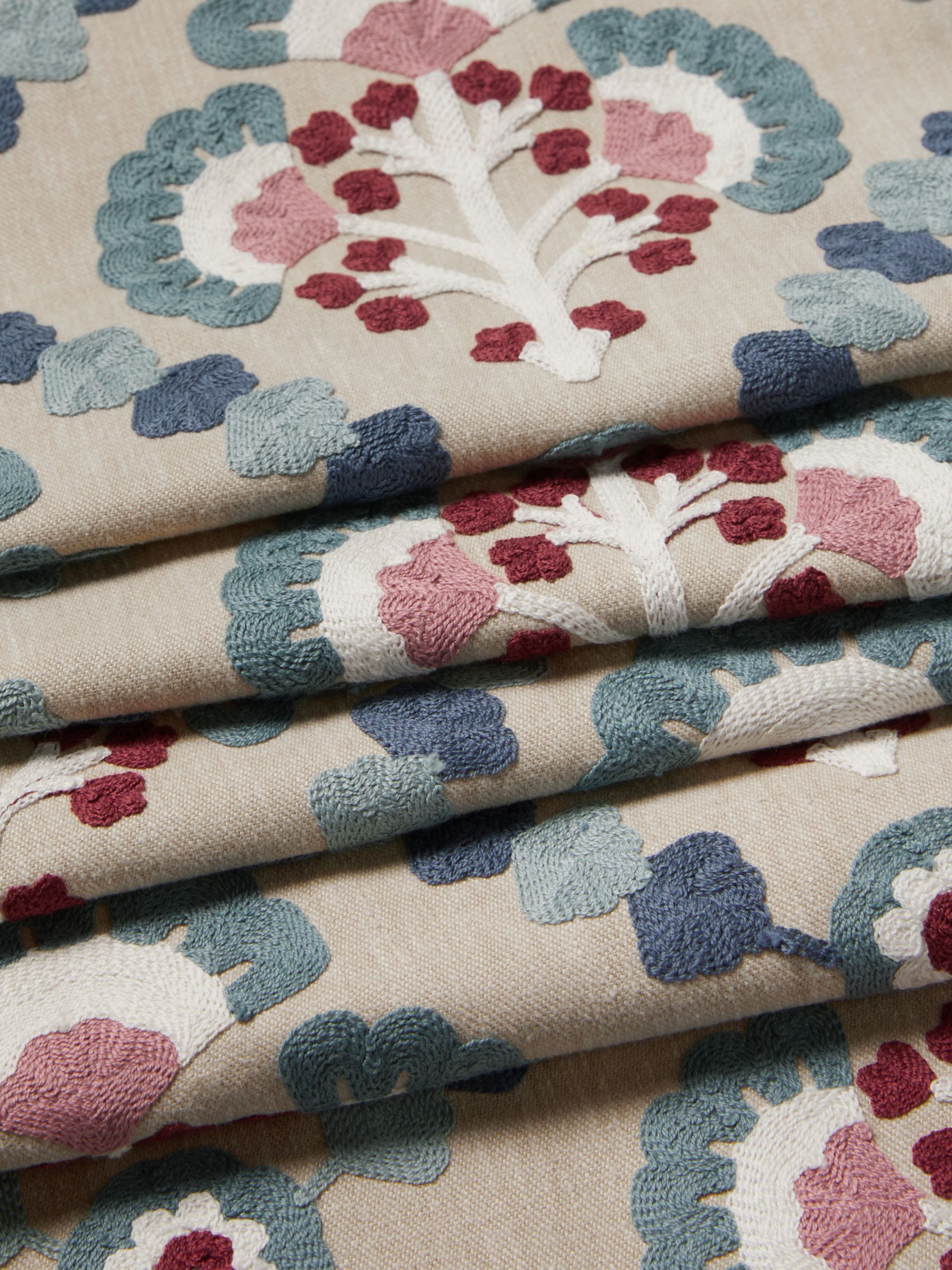
When it comes to selecting the best curtain fabrics for your home, there are several key factors to consider. Firstly, you’ll want to choose a fabric that complements the overall aesthetic of your space. For a more formal look, luxurious fabrics such as silk or velvet can add a touch of elegance, while more casual spaces may benefit from cotton or linen blends. Next, consider the functionality of the fabric – if you need privacy and light control, heavier fabrics like blackout or thermal curtains can provide ample coverage. Additionally, it’s important to take into account the durability of the fabric, especially in high-traffic areas or homes with pets or children. Some popular options for durable curtain fabrics include polyester blends or heavy-duty cotton. Finally, don’t forget to consider the maintenance and care of the fabric – some materials may require special cleaning methods or be more prone to wrinkling. By taking these factors into consideration, you can select the best curtain fabric for your home that both looks great and meets your practical needs.
When it comes to selecting the best curtain fabrics for your home, there are several important factors to consider. One key consideration is the overall aesthetic you are trying to achieve in a particular room. Different fabrics can evoke different moods, so it’s important to choose a fabric that complements the existing decor and style of the space. For example, a light and airy sheer fabric might be ideal for a bedroom or living room where you want to create a soft and relaxing atmosphere, while a heavier fabric like velvet could be perfect for a more formal or luxurious look in a dining room or study.
Another important factor to consider when choosing curtain fabrics is the practicality of the material. Some fabrics are more durable and easier to clean than others, which is particularly important in high-traffic areas of the home or in homes with pets or children. For example, a fabric like cotton or polyester might be a better choice for a family room or kitchen where spills and stains are more likely, while silk or linen could work well in a more formal setting where they are less likely to be soiled. Additionally, considering the amount of sunlight a room receives can help determine the best fabric choice, as some fabrics are more prone to fading or damage from prolonged exposure to sunlight.
In addition to considering the aesthetic and practical aspects of curtain fabrics, it’s also important to think about the functionality of the curtains themselves. Different fabrics have different degrees of opacity and insulation, which can affect the amount of light that enters a room and the level of privacy it provides. For example, a sheer fabric will let in more light and offer less privacy, while a thicker fabric like blackout curtains can block out light completely and provide more insulation. Considering these factors alongside the overall look and feel of the fabric can help you choose the best curtain fabrics for every room in your home.
 Decoration Ideas
Decoration Ideas










